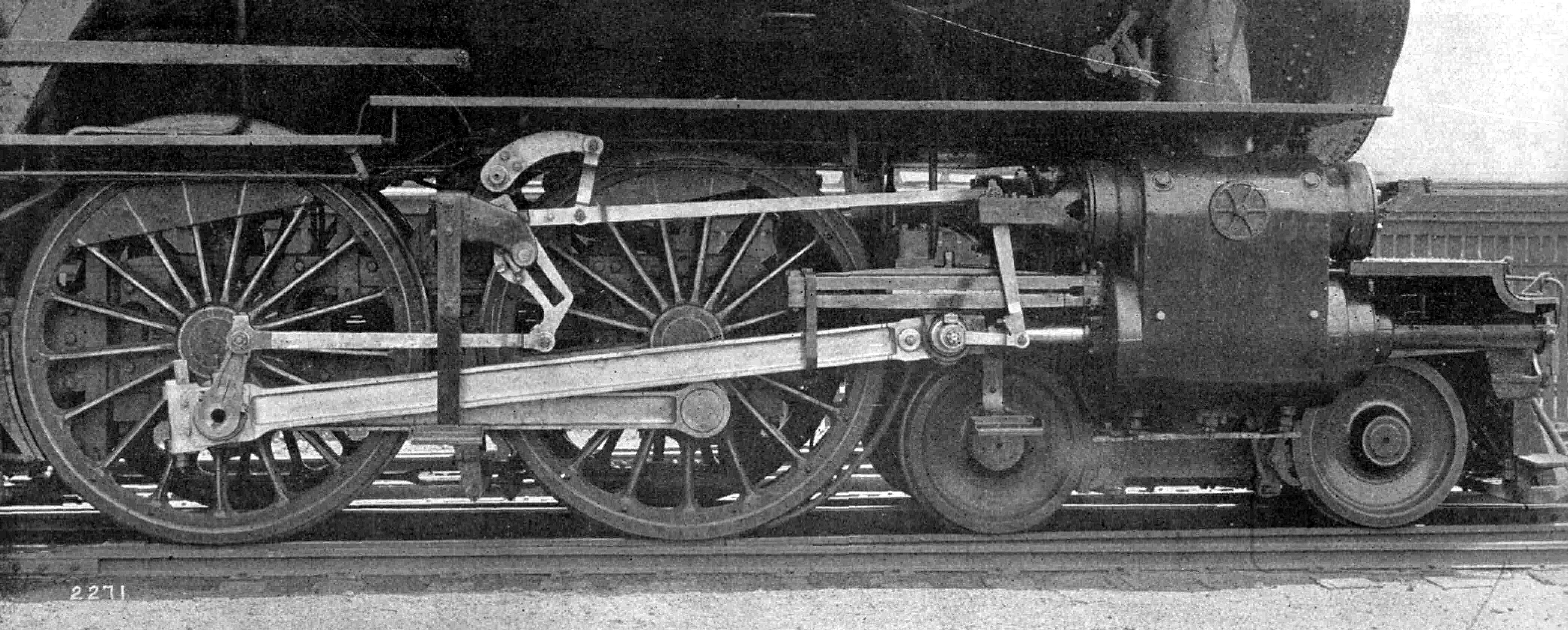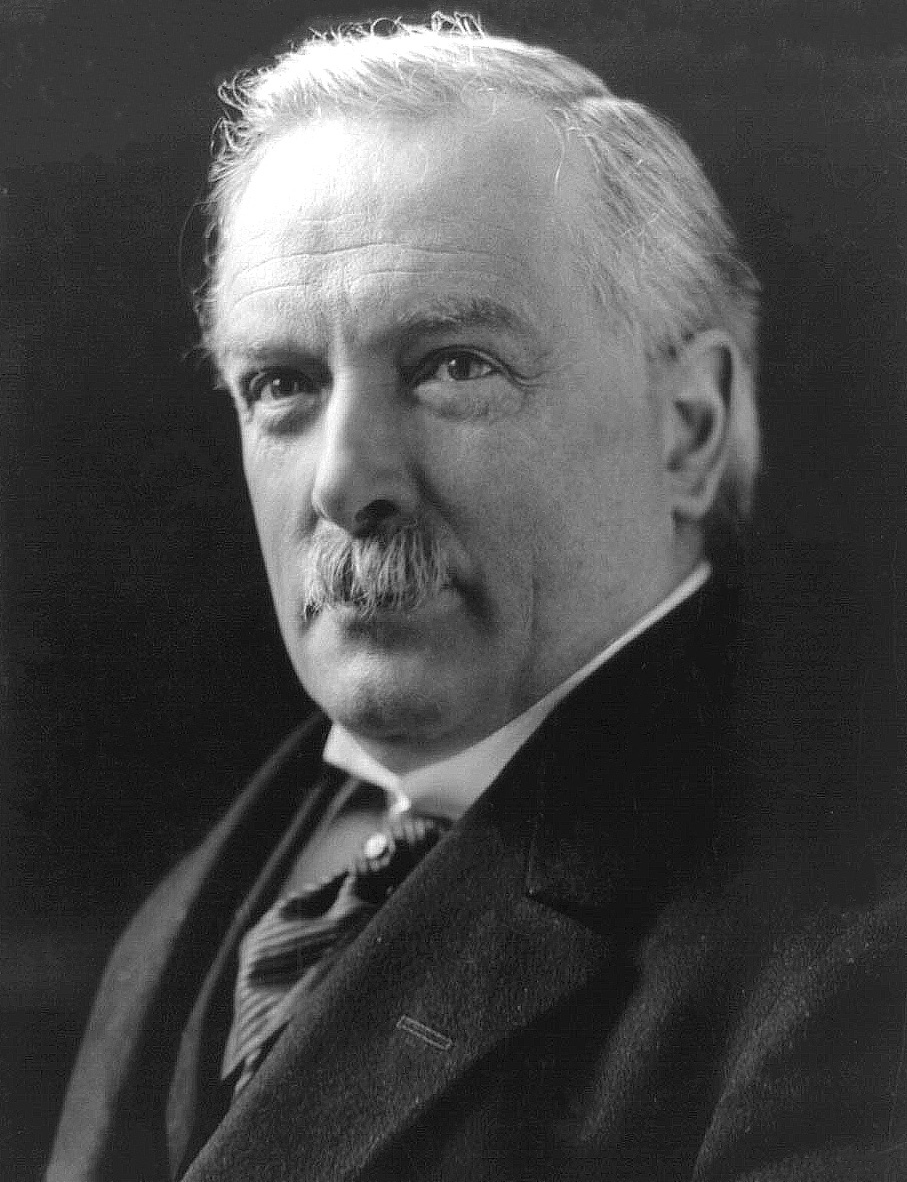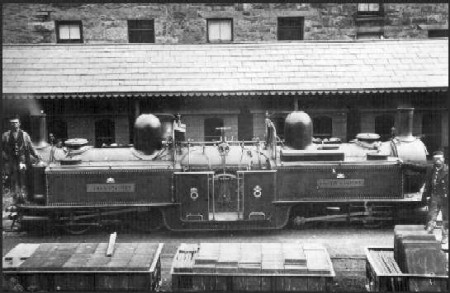|
Walschaerts
The Walschaerts valve gear is a type of valve gear used to regulate the flow of steam to the pistons in steam locomotives, invented by Belgium, Belgian railway mechanical engineering, engineer Egide Walschaerts in 1844. The gear is sometimes named without the final "s", since it was incorrectly patented under that name. It was extensively used in steam locomotives from the late 19th century until the end of the steam era. History The Walschaerts valve gear was slow to gain popularity. The Stephenson valve gear remained the most commonly used valve gear on 19th-century locomotives. However, the Walschaerts valve gear had the advantage that it could be mounted entirely on the outside of the locomotives, leaving the space between the locomotive frame, frames clear and allowing easy access for service and adjustment, which resulted in it being adopted in some articulated locomotives. The first locomotive fitted with the Walschaerts valve gear was built at the Belgian Tubize worksh ... [...More Info...] [...Related Items...] OR: [Wikipedia] [Google] [Baidu] |
Walschaerts Motion
The Walschaerts valve gear is a type of valve gear used to regulate the flow of steam to the pistons in steam locomotives, invented by Belgian railway engineer Egide Walschaerts in 1844. The gear is sometimes named without the final "s", since it was incorrectly patented under that name. It was extensively used in steam locomotives from the late 19th century until the end of the steam era. History The Walschaerts valve gear was slow to gain popularity. The Stephenson valve gear remained the most commonly used valve gear on 19th-century locomotives. However, the Walschaerts valve gear had the advantage that it could be mounted entirely on the outside of the locomotives, leaving the space between the frames clear and allowing easy access for service and adjustment, which resulted in it being adopted in some articulated locomotives. The first locomotive fitted with the Walschaerts valve gear was built at the Belgian Tubize workshops, and was awarded a gold medal at the 1873 Univ ... [...More Info...] [...Related Items...] OR: [Wikipedia] [Google] [Baidu] |
Valve Gear
The valve gear of a steam engine is the mechanism that operates the inlet and exhaust valves to admit steam into the cylinder and allow exhaust steam to escape, respectively, at the correct points in the cycle. It can also serve as a reversing gear. It is sometimes referred to as the "motion". Purpose In the simple case, this can be a relatively simple task as in the internal combustion engine in which the valves always open and close at the same points. This is not the ideal arrangement for a steam engine, though, because greatest power is achieved by keeping the inlet valve open throughout the power stroke (thus having full boiler pressure, minus transmission losses, against the piston throughout the stroke) while peak efficiency is achieved by only having the inlet valve open for a short time and then letting the steam expand in the cylinder (expansive working). The point at which steam stops being admitted to the cylinder is known as the '' cutoff'', and the optimal positio ... [...More Info...] [...Related Items...] OR: [Wikipedia] [Google] [Baidu] |
Egide Walschaerts
Egide Walschaerts (21 January 1820 – 18 February 1901) was a Belgian mechanical engineer, best known as the inventor of the Walschaerts valve gear used in steam locomotives. He was born in Mechelen, Belgium. In 1838 he was recognised as an excellent modeller, presenting his work at a local exhibition in Mechelen. Minister Rogier, who opened the exhibition, was so impressed that he arranged a place for Walschaerts at Liège University. Career In 1842 he joined the Belgian State Railways and two years later had reached the rank of foreman. He was made chief superintendent of the works shortly after but mysteriously, for such a meteoric early career, never rose any higher. He held this position for the rest of his life, first at Mechelen and then at Brussels South. Walschaerts valve gear Whilst at Mechelen in 1844 he developed a new type of valve gear (a mechanism that allows for adjustment of the travel of the valves that distribute the steam to the cylinders and enables a ... [...More Info...] [...Related Items...] OR: [Wikipedia] [Google] [Baidu] |
Stephenson Valve Gear
The Stephenson valve gear or Stephenson link or shifting link is a simple design of valve gear that was widely used throughout the world for various kinds of steam engines. It is named after Robert Stephenson but was invented by his employees. Historical background During the 1830s, the most popular valve drive for steam locomotives was known as '' gab motion'' in the United Kingdom and'' V-hook motion'' in the United States. The gab motion incorporated two sets of eccentrics and rods for each cylinder; one eccentric was set to give forward and the other backwards motion to the engine and one or the other could accordingly engage with a pin driving the distribution valve by means of the gabs: - vee-shaped ends to the eccentric rods supposed to catch the rocker driving the valve rod whatever its position. It was a clumsy mechanism, difficult to operate, and only gave fixed valve events. In 1841, two employees of Robert Stephenson and Company, draughtsman William Howe and patte ... [...More Info...] [...Related Items...] OR: [Wikipedia] [Google] [Baidu] |
Baker Valve Gear
After about 1910, the Baker valve gear was the main competitor to Walschaerts valve gear for steam locomotives in the United States. Strictly speaking it was not a valve gear but a variable expansion mechanism adapted to the Walschaerts layout replacing the expansion link and sliding die block. The Baker arrangement used more pivot bearings or ''pin joints'', but avoided the die slip inherent to the expansion link, with the aim of lessening wear and the need for service; it could also facilitate longer valve travel. History In the early 1900s there were many efforts to create a new valve gear to replace the by-then-standard Walschaerts valve gear. In the United States the Young, Southern, Caprotti and Franklin patterns were used on a few classes, but only the Baker pattern won more than limited acceptance. The design originated in the A.D. Baker Company, of Swanton, Ohio; a builder of steam traction engines. The idea came from an employee called Gifford but was developed by ... [...More Info...] [...Related Items...] OR: [Wikipedia] [Google] [Baidu] |
Fairlie Locomotive
A Fairlie is a type of articulated locomotive, articulated steam locomotive that has the driving wheels on bogies. The locomotive may be double-ended (a double Fairlie) or single ended (a single Fairlie). Fairlies are most famously associated with the Ffestiniog Railway in North Wales. While the Fairlie locomotives are now used only on heritage railways, the vast majority of diesel locomotive, diesel and electric locomotives in the world today follow a form not very different from the Fairlie — two power trucks with all axles driven, and many also follow the Fairlie's double-ended concept, capable of being driven equally well in both directions. Development of the design The Scottish people, Scottish engineer Robert Francis Fairlie patented his design in 1864. He had become convinced that the conventional pattern of locomotive was seriously deficient; they wasted weight on unpowered wheels (the maximum tractive effort a locomotive can exert is a function of the weight ... [...More Info...] [...Related Items...] OR: [Wikipedia] [Google] [Baidu] |
Mason Bogie
Mason Bogie locomotives (also known as Mason Fairlie locomotives) are a type of articulated steam locomotive suited for sharp curves and uneven track, once commonly used on narrow gauge railways in the United States of America. The design is a development of the Single Fairlie locomotive. Concept and Development The American licensee of the Fairlie Patent steam locomotive was the firm of William Mason, located in Taunton, Massachusetts. Mason's first Fairlie locomotive was the ''Janus'', an Double Fairlie built in 1871. It became obvious that, for all the Double Fairlie locomotive's advantages, its disadvantages outweighed them. In 1869, a Single Fairlie locomotive had been designed and constructed by Alexander McDonnell for the Great Southern and Western Railway in Ireland. This had a single boiler with one articulated, powered truck beneath it and a second, unpowered truck beneath the cab and bunker. Mason developed this design, which he called the Mason Bogie (''bogie'' i ... [...More Info...] [...Related Items...] OR: [Wikipedia] [Google] [Baidu] |
Edmund Heusinger Von Waldegg
Edmund Heusinger von Waldegg (12 May 1817 – 2 February 1886) was a German mechanical engineer and railway engineer. Edmund Heusinger was born in Langenschwalbach (present day Bad Schwalbach) in the state of Hesse in central Germany on 12 May 1817. In 1841 he became a master-workman with the Taunus Railway (''Taunusbahn''). In 1854 he was awarded a contract to build the Homburg Railway. He invented ''inter alia'' a new type of valve gear for steam locomotives that was to become the most widely used valve gear in the world. Because the Belgian, Egide Walschaerts, invented the same system independently, it is usually called the Walschaerts valve gear outside the German-speaking world. Edmund Heusinger von Waldegg died on 2 February 1886 in Hanover, in northern Germany. Career Edmund Heusinger von Waldegg, was a mechanical engineer who became famous as a result of his inventions. After studying at University of Göttingen and Leipzig University, he entered the smelting house of � ... [...More Info...] [...Related Items...] OR: [Wikipedia] [Google] [Baidu] |
Avonside Engine Company
The Avonside Engine Company was a locomotive manufacturer in Avon Street, St. Philip's, Bristol, England between 1864 and 1934. However the business originated with an earlier enterprise Henry Stothert and Company. Origins The firm was originally started by Henry Stothert in 1837 as Henry Stothert and Company. Henry was the son of George Stothert (senior), founder of the nearby Bath engineering firm of Stothert & Pitt. Henry's brother, also named George, was manager of the same firm. The company was given an order for two broad gauge () Firefly class express passenger engines ''Arrow'' and ''Dart'', with driving wheels, delivered for the opening of the Great Western Railway (GWR) from Bristol to Bath on 31 August 1840. This was soon followed by an order for eight smaller Sun class engines with driving wheels. Stothert, Slaughter and Company Edward Slaughter joined the company in 1841, when it became known as Stothert, Slaughter and Company. By 1844 their works were n ... [...More Info...] [...Related Items...] OR: [Wikipedia] [Google] [Baidu] |
Single Fairlie
A Fairlie is a type of articulated steam locomotive that has the driving wheels on bogies. The locomotive may be double-ended (a double Fairlie) or single ended (a single Fairlie). Fairlies are most famously associated with the Ffestiniog Railway in North Wales. While the Fairlie locomotives are now used only on heritage railways, the vast majority of diesel and electric locomotives in the world today follow a form not very different from the Fairlie — two power trucks with all axles driven, and many also follow the Fairlie's double-ended concept, capable of being driven equally well in both directions. Development of the design The Scottish engineer Robert Francis Fairlie patented his design in 1864. He had become convinced that the conventional pattern of locomotive was seriously deficient; they wasted weight on unpowered wheels (the maximum tractive effort a locomotive can exert is a function of the weight on its driving wheels) and on a tender that did nothing bu ... [...More Info...] [...Related Items...] OR: [Wikipedia] [Google] [Baidu] |
Steam Locomotives
A steam locomotive is a locomotive that provides the force to move itself and other vehicles by means of the expansion of steam. It is fuelled by burning combustible material (usually coal, oil or, rarely, wood) to heat water in the locomotive's boiler to the point where it becomes gaseous and its volume increases 1,700 times. Functionally, it is a steam engine on wheels. In most locomotives, the steam is admitted alternately to each end of its cylinders, in which pistons are mechanically connected to the locomotive's main wheels. Fuel and water supplies are usually carried with the locomotive, either on the locomotive itself or in a tender coupled to it. Variations in this general design include electrically-powered boilers, turbines in place of pistons, and using steam generated externally. Steam locomotives were first developed in the United Kingdom during the early 19th century and used for railway transport until the middle of the 20th century. Richard Trevithick bui ... [...More Info...] [...Related Items...] OR: [Wikipedia] [Google] [Baidu] |
NZR E Class (1872)
The NZR E class of Double Fairlie steam locomotives were two different types of Fairlie steam locomotives, used on New Zealand's railway network. They were the first classes to take that designation, followed by the E class Mallet compound locomotive of 1906 and then the E class battery electric locomotive of 1922. The other Double Fairlie class was the B class, and there were also the Single Fairlie R and S classes. History In 1872, two locomotives were ordered by the Otago provincial government to operate trains on the newly built Dunedin and Port Chalmers Railway. The first line to be built to the new national gauge standard of 3 feet 6 inches, it had as its consulting engineer Robert F. Fairlie, who persuaded the railway to order locomotives to his Double Fairlie design. Built by the Vulcan Foundry in England, the locomotives were shipped to New Zealand in kit set form. Arriving at Port Chalmers in August, they were unloaded onto the wharf and were assembled in ... [...More Info...] [...Related Items...] OR: [Wikipedia] [Google] [Baidu] |



.jpg)




